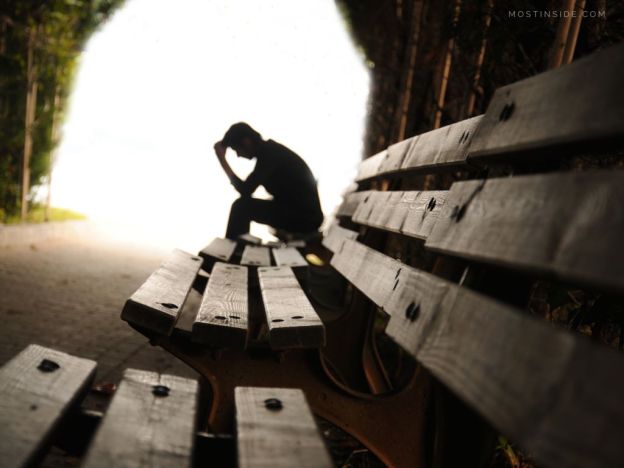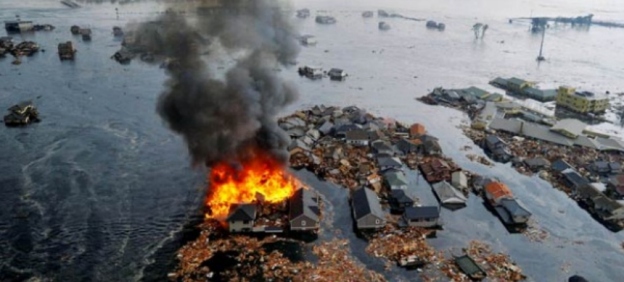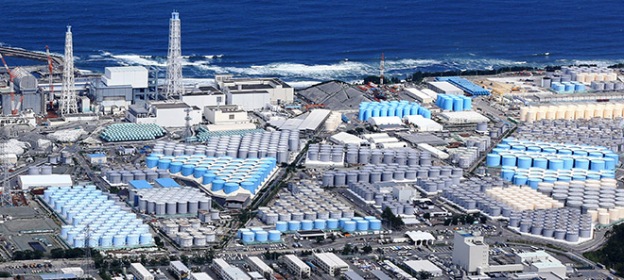By the end of 2019, Japan further delayed the removal of thousands of spent fuel units that remain in cooling pools since the 2011 disaster The government and the plant operator, Tokyo Electric Power Co., are keeping a 30- to 40-year completion target.
More than 4,700 units of fuel rods remain at the three melted reactors and two others that survived the 2011 earthquake and tsunami. They pose a high risk because their storage pools are uncovered and a loss of water in case of another major disaster could cause the fuel rods to melt, releasing massive radiation. Their removal at Units 1 and 2, after repeated delays, is now postponed by up to 10 years from the initial target of 2018, with more preparation needed to reduce radiation and clear debris and other risks.
Fuel rod removal at the Unit 1 reactor pool will begin sometime in 2027-2028, after debris is cleaned up and a huge rooftop cover installed to contain radioactive dust. Fuel removal at Unit 2 pool is to begin in 2024-2026. Work at the Unit 3 reactor pool began in April 2019 and all 566 units will be removed by March 2021. TEPCO has emptied the pool at Unit 4, which was offline and only suffered building damage, and aims to have all remaining rods in reactor pools removed by 2031 for safer storage in dry casks.
TEPCO has been unable to release the 1.2 million tons of treated but still radioactive water kept in nearly 1,000 tanks at the plant, fearing public repercussions and the impact on the area’s struggling fishing and agriculture. The amount of water is growing by 170 tons daily because it is used to cool the melted fuel inside the reactors.
The Ministry of Economy, Trade and Industry recently drafted a proposal to release the water to the sea or the air, or a combination of both. TEPCO says it can only store up to 1.37 million tons, or until the summer of 2022. Time is limited because preparation is needed before any water release. TEPCO and the government say the tanks pose risks if they were to spill their contents in another major earthquake, tsunami or flood…. The water is still somewhat contaminated, but TEPCO says further treatment can remove all but radioactive tritium to levels allowed for release. Experts say tritium is not harmful to humans in small amounts and has been routinely released from nuclear plants around the world.
Removing an estimated 880 tons of molten fuel from Fukushima’s three melted reactors is the toughest and unprecedented challenge. It’s six times the amount dealt with in the aftermath of the 1979 Three Mile Island partial core melt in the United States. Removal is to begin in 2021 at Unit 2, where robotic probes have made more progress than at Units 1 and 3. A robotic arm was developed to enter the reactor from the side to reach the melted fuel, which has largely fallen to the bottom of the primary containment vessel… The first decade through 2031 is a crucial phase that will affect future progress…
Japan has yet to develop a plan to dispose of the highly radioactive melted fuel and other debris that come out of the reactors. TEPCO will compile a plan for those after the first decade of melted fuel removal. Managing the waste will require new technologies to reduce its volume and toxicity. TEPCO and the government say they plan to build a site to store waste and debris removed from the reactors, but finding one and obtaining public consent will be difficult.
Additionally, there will be an estimated 770,000 tons of solid radioactive waste by 2030, including contaminated debris and soil, sludge from water treatment, scrapped tanks and other waste. They will be sorted, treated and compacted for safe storage under a plan to be compiled by 2028.
The government says Fukushima’s decommissioning cost is estimated at 8 trillion yen ($73 billion), though adding compensation, decontamination of surrounding areas and medium-term storage facilities would bring the total to an estimated 22 trillion yen ($200 billion). The Japan Center for Economic Research, a think tank, estimates that decommissioning alone would cost 51 trillion yen ($470 billion) if the water is not released and tritium removal technology is pursued.
More than 10,000 workers will be needed annually in coming years, about one third assigned to work related to the radioactive water.
Excerpts from MARI YAMAGUCHI, Japan revises Fukushima cleanup plan, delays key steps, Associated Press, Dec. 27, 2019






